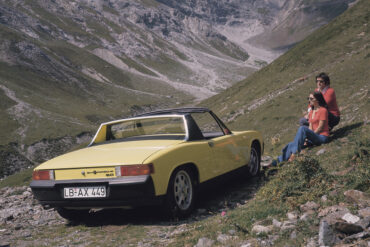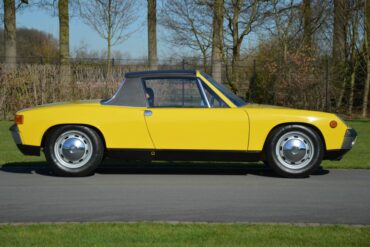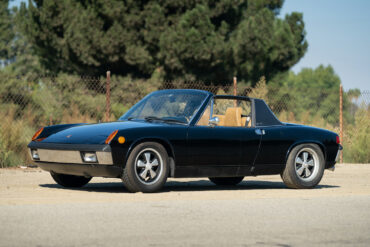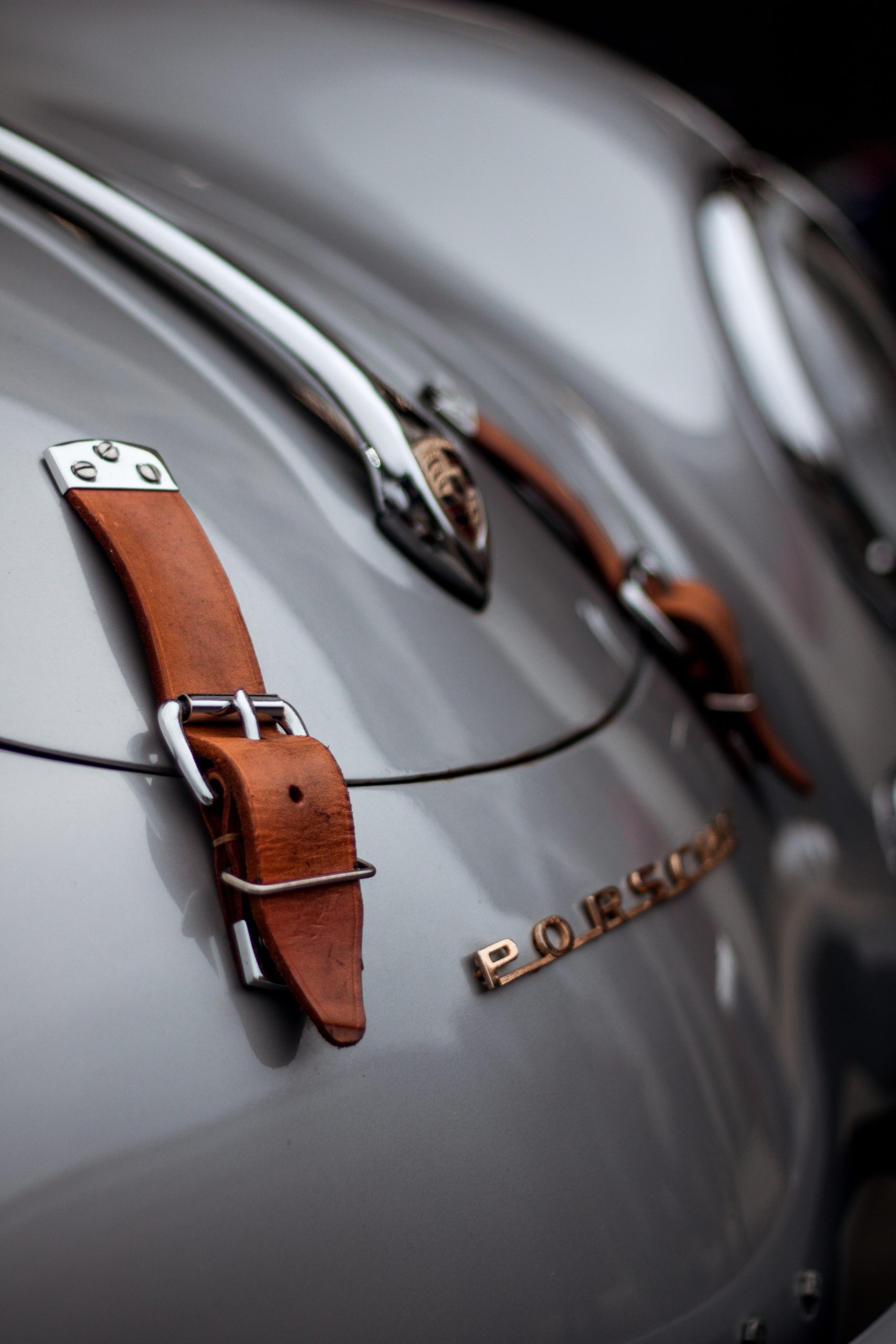For 1974 a 1.8-liter engine replaced the 1.7 and had a new type of electronic fuel injection called AFC (air flow control), or ‘L’ Jetronic. This same basic injection was used on 911s in the late-’80s. Unfortunately, due to emissions regulations, the 1.8 made just 76 hp, less than the smaller engine it replaced. The standard steel wheels were changed to 5.5-inch wide VW units. Rubber bumper guards now adorned the rear and the headlight surrounds were changed from white to black plastic. US cars got the infamous ignition seat-belt interlock buzzer. This was also the year of the limited edition series.
This came in 1973, when the fuel-injected variant of Volkswagen’s air-cooled Type 4 engine was dropped in behind the two seats, staying there through 1976, when series production ended. (The engine continued on in the 912E, which succeeded the 914 as Porsche’s entry-level car.) The short-stroke, overhead-valve powerplant displaced 2.0 liters (1971 cc) and made its 100 hp at 5000 rpm, whereas the six had made 110 hp at 5800 rpm. Yet the four matched the six’s torque output of 118 lb-ft, achieving this figure at 3500 rpm instead of 4200 rpm. And it was lighter in weight.
The Porsche 914 was first shown at the 1969 Frankfurt Auto Show was, as intended, a true conglomeration. The front suspension was largely derived from the 911 with some VW components, and the interior was a blend of both companies' parts bins. The initial engine offering was Volkswagen's 80-hp fuel-injected 1.7 liter flat four, while the 914/6 had a twin-carburetor 2.0-liter Porsche flat six tuned for 125 hp.
The standard 914 was powered by Volkswagen’s horizontal four-cylinder engine, producing a power output of 80 hp. Even with the lightweight Porsche body, acceleration suffered. The solution to this was to offer a second version: the 914/6, powered by a six-cylinder engine, total power output exceeded 100 hp. Unfortunately, this came with an extra cost– the 914/6 was nearly as expensive as a standard 911.






